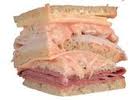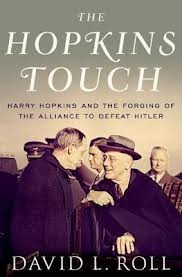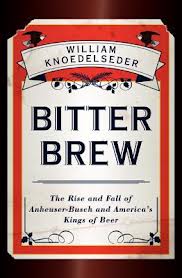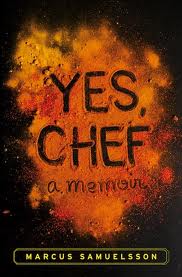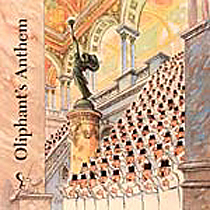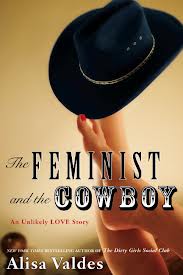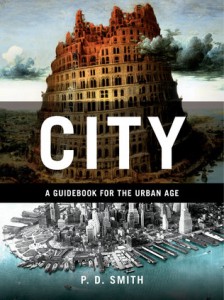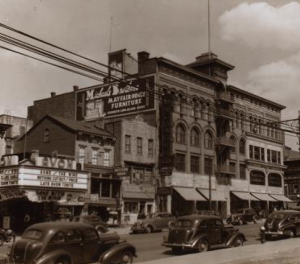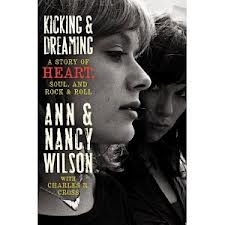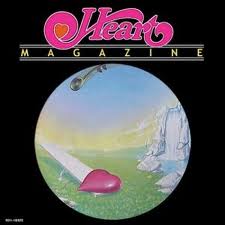Skeuomorphs – Much More Than Clicks and Faux Paneling
My son, an avid Kickstarter, recently received a brilliant new piece of technology, the Pebble watch. Internet and Bluetooth ready, this wristwatch customizes with a slew of apps, with more on the way, and talks with your smartphone. It looks pretty cool, too.
How does the watch tell time? A variety of ways and traditionally with two hands and a dial.
When objects consciously reference other objects or design, it’s called a skeuomorph. It is most common today when new technology includes older technological features, most likely to make the change more comfortable. Pay close attention and you’ll find skeuomorphs all around – and they have been with us for a long time.
Check out the Ford Country Squire, the classic suburban station wagon. Built first as a “woodie” with wood sides, the car retained stick on wood paneling for decades. Horrendous and wonderful – but mostly horrific if you were assigned the far back on a road trip.
The real rise in skeuomorph design came with the digital world. We don’t recognize bytes and code. Skeuomorphs are the bridge to analog and authenticity. They are the backwards-looking matrix that allows for digital notepads, turntables, building blocks and calendars. Look on your desktop for digital wood and digital leather. Smartphones click like a mechanical camera when taking a photo. Apple was famous for its skeuomorphic designs.
Ironic use of skeuomorphism is common and can be effective with the right touch. I sometimes have my smartphone ring, not beep, chime or gong, and it often leads to smiles. It is a way to have our new technology cake and eat it, too. The difficulty comes into play when skeuomorphic design is neither ironic nor thoughtful. Skeuomorphism can be lazy. Why should a computer screen look like a typewritten page on a yellow legal pad?
Evaluation of skeuomorphic design has to acknowledge intent. If the desire is for authenticity, failure is certain. “Authentic reproductions” always fall short and ring false. If a design deceives with integrity, it stands a fighting chance of success.
And fake wood paneling is always in bad taste.
David Potash
